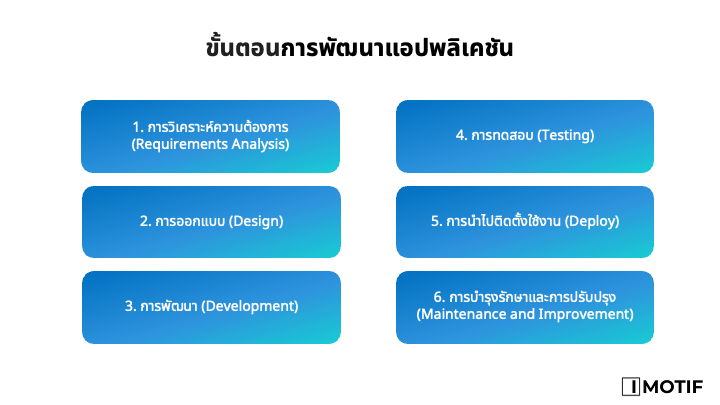Developing Custom Internal Applications: Building the Right Tools for Your Business
In a rapidly changing digital age, applications have become crucial tools for driving business growth and efficiency. For organizations seeking applications tailored to their specific needs, developing custom internal applications is a compelling option.
Why Develop Custom Internal Applications?

- Flexibility and Customization: Self-developed applications can be fully customized to meet the organization's specific needs and workflows.
- Data Control and Security: Organizations can control their data and implement security measures according to their own policies.
- Integration with Existing Systems: Custom applications can seamlessly integrate with the organization's legacy systems.
- Creating a Competitive Advantage: Applications that address the unique needs of an organization can create a competitive edge.
Steps for Developing Custom Internal Applications

Requirements Analysis:
- Identify the problems or needs of the organization that the application aims to solve.
- Gather requirements from users and stakeholders.
- Analyze requirements and define the scope of the application.
Design:
- Design the application's structure and architecture.
- Design a user-friendly user interface (UI) and user experience (UX).
- Create data models and define the database.
Development:
- Select appropriate technologies and tools for development.
- Develop the application according to the defined design.
- Test and debug during development.
Testing:
- Thoroughly test the application to ensure it functions correctly and efficiently.
- Conduct user acceptance testing with real users to gather feedback.
- Fix bugs and refine the application based on test results.
Deployment:
- Install and configure the application in the production environment.
- Train users to effectively use the application.
- Monitor and evaluate the application's performance.
Maintenance and Improvement:
- Continuously fix bugs and improve application performance.
- Update the application to stay current and support evolving needs.
- Gather user feedback and incorporate it into application improvements.
Additional Tips
- Build a skilled and experienced development team.
- Use an Agile development approach to increase flexibility and reduce risk.
- Prioritize communication and collaboration between the development team and users.
- Create comprehensive documentation for development and application usage.
- Data security is very important, vulnerability scans and updates should be applied regularly.
Developing custom internal applications may require resources and time, but the results will be well worth the investment. You will gain an application that truly meets your organization's needs.
Interested in developing software for your organization?
Contact us to Discuss Your Software Needs.
Developing Custom Internal Applications